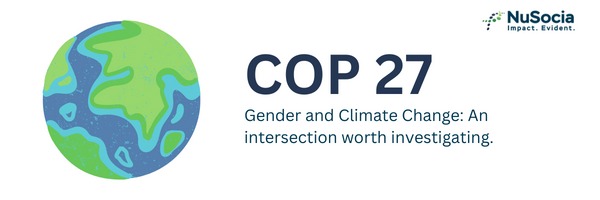In the world of social development, data is the bedrock of informed decision-making. Yet, we’ve all seen projects where mountains of data are collected, only to sit unused in a forgotten spreadsheet. The true power of data isn’t in its volume, but in its purpose. A data-forward organization’s core philosophy revolves around three pillars: collecting the right data, at the right time, in the right amount. This is the foundation of a robust data culture and an effective data management system.
The temptation to collect everything “just in case” is a common trap. It’s a habit that stems from a fear of missing out, but it leads to a cluttered mess of irrelevant information. This isn’t just an inefficiency—it’s a critical error that can derail a project before it even begins.
A good data management system is not a tool; it’s a mindset. It begins with a clear understanding of your organization’s or program’s goals. Before you design a single survey question, you must ask yourself: “What specific decision will this data inform?” If you can’t answer this question, you shouldn’t be collecting that data.
This intentionality is what separates a successful data management system from one that gets lost in a sea of data. Without a clear purpose, you’re not just wasting resources; you’re creating a fertile ground for biased analysis and limiting the potential for AI use or integration.
The Risks of Poor Data Management and the AI Disaster
The hype around AI is undeniable. Its potential to revolutionize our work is vast and exciting. But AI is only as good as the data it’s trained on. Layering an AI system onto a messy, poorly managed dataset is not just a waste of time and money; it will be an absolute disaster.
An AI model trained on biased, incomplete, or irrelevant data will produce biased, incomplete, and irrelevant results. It will amplify existing flaws in your data, leading to skewed conclusions and, in turn, ineffective or even harmful interventions. The promise of “smart” analysis will turn into a dangerous feedback loop of bad decisions.
The first step toward proper AI integration isn’t about choosing the right software; it’s about getting your data house in order. If you’re not able to figure out this foundational step now, you’re already four years behind the curve. Organizations that are building a strong data culture today are the ones who will be ready to leverage AI effectively tomorrow.
Your Data Management Checklist: A Path to Clarity
To help you build this foundation, we’ve developed a checklist of good practices. Use this questionnaire to assess your team’s approach to data collection and management.

The NuSocia Data Discipline Questionnaire:
- Do you have a Theory of Change (ToC)/ Result map for your program?
- Yes / No
- If yes, do you use the ToC/ Result Map as a cross-reference to ensure every piece of data you collect directly maps to an outcome, output, or assumption?
- Before designing a data collection tool (e.g., a survey or interview guide), can you articulate which specific decision each question will inform?
- Yes / No
- For example, if you’re asking about household income, is it to determine eligibility for a program, measure economic impact, or something else?
- Do you have a clear understanding of who the end-user of your data is (e.g., a program manager, a funder, a policymaker)?
- Yes / No
- Does your data collection plan consider their specific needs and reporting requirements?
- Are your data collection tools standardized and do they have built-in validation rules to minimize human error on the ground?
- Yes / No
- How do you ensure consistency across different researchers or field teams?
- Do you have a data quality control process in place before you begin analysis?
- Yes / No
- For example, do you check for outliers, missing values, or inconsistent responses?
- Have you defined a clear data retention policy? Do you know how long you need to keep each dataset and why?
- Yes / No
- Do you have a simple, accessible system for storing and sharing your data so that it doesn’t get lost or locked away in one person’s hard drive?
- Yes / No
- Do you have learning & monitoring processes in place to understand what works, what doesn’t work, and troubleshoot when necessary [evaluation of your existing data that is being monitored]?
- Yes/No
- Is the system meeting the needs that you defined at the outset? Refer back to your ToC/Results Map.
- Yes/No
With a clear answer to these questions, you will be operating with a clear direction. You will be collecting data that is tied up to a system that can sustain itself and more importantly, enhanced by powerful tools like AI
The future of social impact management is data-driven, and AI will be a core component. But this future is only accessible to those who are willing to do the hard work of building a robust data culture today. Be the organization that managed this well. . Start asking the right questions, build a disciplined approach to your data, and set your organization on a path to truly meaningful, evidence-based impact.




